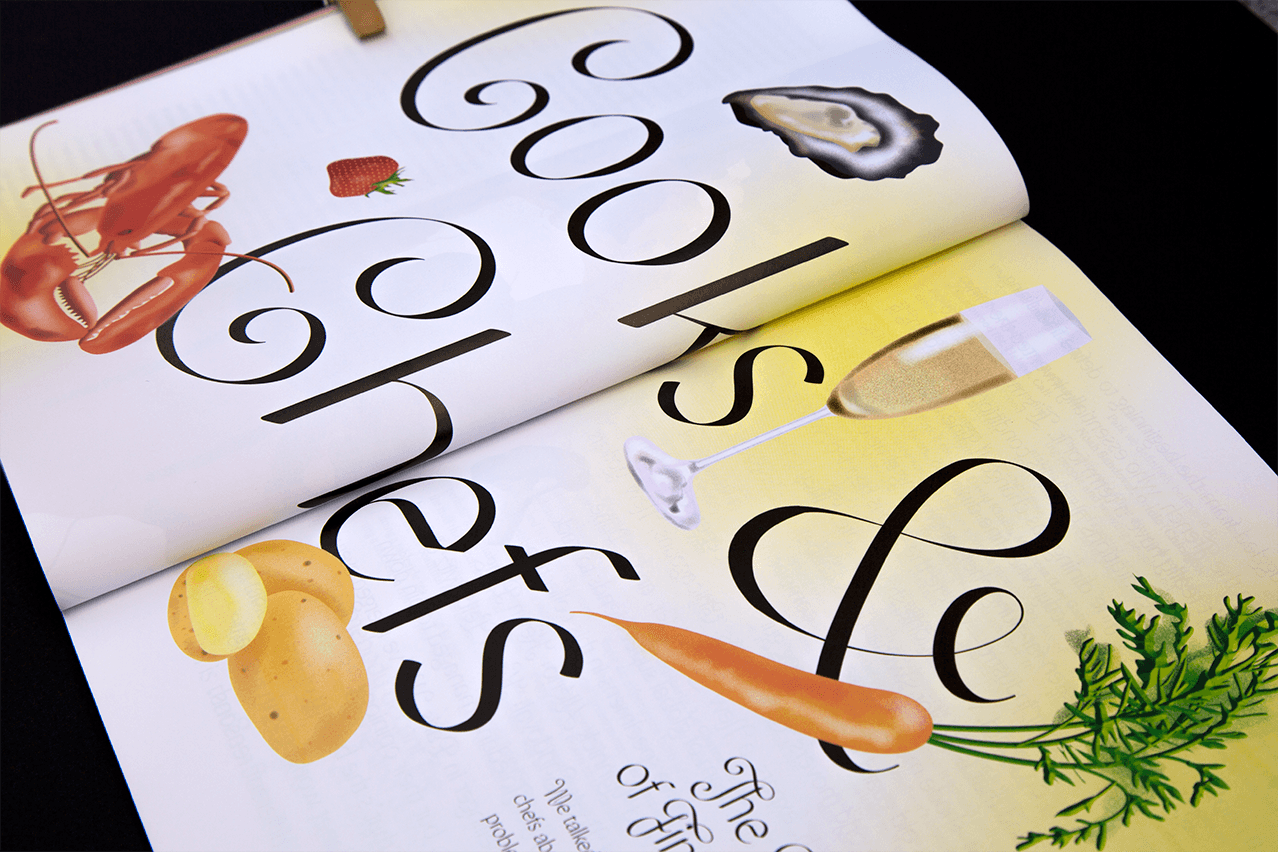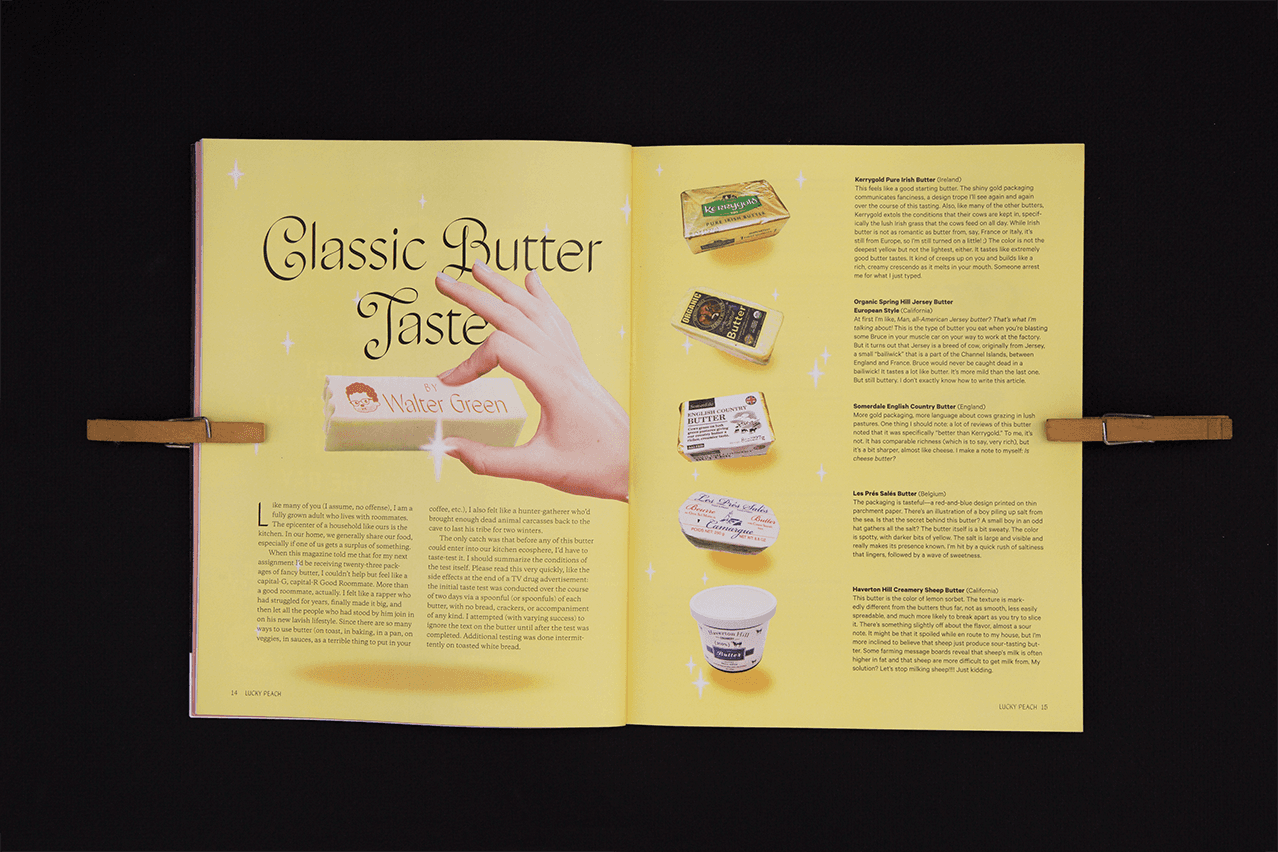Frauen


Tannhäuser is an 1845 opera in three acts which story centers on the struggle between sacred and profane love, and redemption through love, a theme running through much of Wagner's mature work.
The libretto of Tannhäuser combines mythological elements characteristic of German Romantische Oper (Romantic opera) and the medieval setting typical of many French Grand Operas. Wagner brings these two together by constructing a plot involving the 14th-century Minnesänger and the myth of Venus and her subterranean realm of Venusberg. Both the historical and the mythological are united in Tannhäuser's personality; although he is a historical poet composer, little is known about him other than myths that surround him.
Wagner began composing the music during a vacation in Teplitz in the summer of 1843 and completed the full score on 13 April 1845; the opera's famous overture, often played separately as a concert piece, was written last. While composing the music for the Venusberg grotto, Wagner grew so impassioned that he made himself ill; in his autobiography, he wrote, “With much pain and toil I sketched the first outlines of my music for the Venusberg.... Meanwhile, I was very much troubled by excitability and rushes of blood to the brain. I imagined I was ill and lay for whole days in bed…” The instrumentation also shows signs of borrowing from French operatic style. The score includes parts for on-stage brass; however, rather than using French brass instruments, Wagner uses 12 German waldhorns. Wagner also makes use of the harp, another commonplace of French opera. Wagner made a number of revisions of the opera throughout his life, and was still dissatisfied with its format when he died. The most significant revision was made for the opera’s première in Paris in 1861.
A
H
An opera in five acts with music by Claude Debussy. The French libretto was adapted from Maurice Maeterlinck's Symbolist play \ Pelléas et Mélisande.
The plot concerns a love triangle. Prince Golaud finds Mélisande, a mysterious young woman, lost in a forest. He marries her and brings her back to the castle of his grandfather, King Arkel of Allemonde. Here Mélisande becomes increasingly attached to Golaud’s younger half-brother Pelléas, arousing Golaud’s jealousy. Golaud goes to excessive lengths to find out the truth about Pelléas and Mélisande’s relationship, even forcing his own child, Yniold, to spy on the couple.
A brief summary of the play will concentrate best on Mélisande. At the beginning of the play she has just escaped from a failed marriage that has traumatized her that she scarcely remembers either it or her past. She marries Golaud with no choice of her own, and remains essentially distant from him. The audience realize she is falling in love with Pelléas long before she does. On her deathbed she has quite forgotten her final meeting with Pelléas and his death, and dies without realizing that she is dying. This and the whole play -- for none of the other characters are wiser -- expresses a sense that human beings understand neither themselves nor each other nor the world. The problem is not simply human blindness, but the lack of a fixed and definable reality to be known. This is the Maeterlinck who paved the way for the plays of Samuel Beckett.